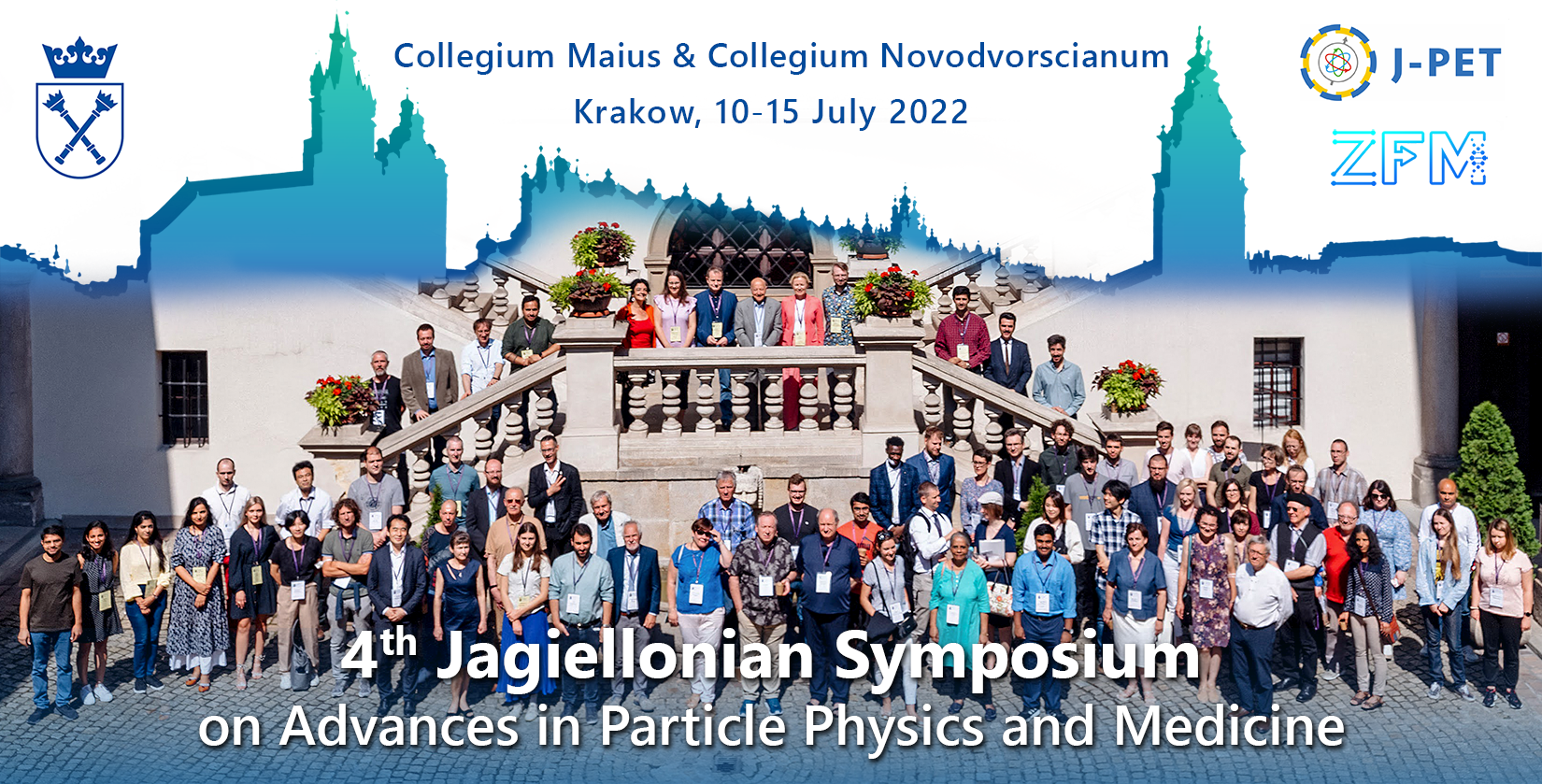Speaker
Description
Authors: K. Dulski1,2 and M. Szczepanek1,2
1Institute of Physics, Jagiellonian University, Kraków, Poland
2Center for Theranostics, Jagiellonian University, Kraków, Poland
Cell cultures are a recognized model that helps understand interaction of cells with certain external factors, such as radiation or drugs [1,2]. In particular, characterizing the growth of a given cell line for a different intensity of a therapeutic agent allows for non-invasive assessment of its effectiveness [1], and in some cases also for optimization of therapeutic conditions for cells of a given type [3,4]. Currently, there are two types of cell culture - 2D, where cells grow in a planar monolayer and 3D, an example of which are spheroids. 3D cultures are characterized by greater similarities to tumours in the conditions occurring in the body. The common features between spheroids and tumours allow for a more complete understanding evaluation of the effectiveness of therapy [3-6].
Currently, the growth of biological systems is mainly described by logistic models, most often with the Gompertz model [7,8]. However, this model does not always describe the experimental data perfectly, and it also fails to characterize the cell line based on parameters such as cell size, nutrient consumption, and separation zones of strongly dividing cells from zones with dead and non-dividing cells. A new, dynamic model of spheroid growth will be presented, allowing to characterize the above-mentioned parameters and additionally better reflecting the spheroid growth curve. Additionally, the simulations performed using dedicated software allowed for a detailed characterization of the WM266-4 skin cancer cell line, as well as for the theoretical visualization of the distribution of various zones inside the spheroid at different growth times.
[1] D.A. Scudiero, R.H. Shoemaker, K.D. Paull et al., Evaluation of a Soluble Tetrazolium/Formazan Assay for Cell Growth and Drug Sensitivity in Culture Using Human and Other Tumor Cell Lines, Cancer Res. 48 (1988) 4827-4833
[2] M.F. Bernet, B. Brassart, J.R. Nesser and A.L. Servin, Lactobacillus acidophilus LA 1 binds to cultured human intestinal cell lines and inhibits cell attachment and cell invasion by enterovirulent bacteria, Gut 35 (1994) 483-489
[3] M. Zoetemelk, M. Rausch, D.J. Colin et al., Scientific Reports 9 (2019) 7103
[4] M. Silarski, K. Dziedzic-Kocurek and M. Szczepanek, Combined BNCT and PET for theranostics, Bio-Algorithms and Med-Systems 17 (2021) 293-300
[5] E.Ł. Stępień, H. Karimi, B. Leszczyński and M. Szczepanek, Melanoma spheroids as a model for cancer imaging study, Acta Phys. Pol. B 51 (2020) 159-163
[6] M. Szczepanek, Application of 3D model of cancer cellsin research on the effectiveness of BNCT in the treatment of melanoma, Acta Phys. Pol. B 51 (2020) 413-419
[7] R.L. Buchanan, R.C. Whiting, W.C. Damert, When is simple good enough: a comparison of the Gompertz, Baranyi, and three-phase linear models for fitting bacterial growth curves, Food Microbiology 14 (1997) 313-326
[8] R. Omar, M.A. Abdullah, M.A. hasan, M. Rosfarizan and M. Marziah, Kinetics and modelling of cell growth and substrate uptake inCentella asiatica cell culture, Biotech. Bioprocess Eng. 11 (2006) 223-229
Acknowledgment
This work was supported by the Foundation for Polish Science through the MPD and TEAM/2017-4/39 programs, the National Science Centre of Poland through grant nos. 2017/25/N/NZ1/00861, 2019/35/B/ST2 /03562 and 2021/41/N/ST2/03950, the Jagiellonian University via project CRP/ 0641.221.2020, and the SciMat Priority Research Area budget under the program Excellence Initiative-Research University at Jagiellonian University

